My passion for photography began in 2017 during my first trip outside Europe, to Thailand...
-
My dad lent me his Nikon D90, which had a fantastic budget, 35mm f/1.8G lens that had been gathering dust on the shelf for years. I studied the manual, flipped through a few of Scott Kelby’s books to get familiar with the camera, and then took a trial-and-error approach on the trip. I captured some decent shots and still remember the thrill of selecting my best photos to share with family and friends. Sometimes, words aren’t enough to capture the beauty of a moment, but through my camera and lens, I discovered a way to express what it meant to me. A new spark was ignited, and now I carry my Nikon Z6 with me on treks, climbs, and travels around the world to bring the incredible beauty of nature, majestic mountains, diverse wildlife, and authentic communities closer to you.

I was patiently waiting for the sunrise atop Begunjščica mountain when a large herd of about 50 curious sheep appeared nearby. Eager to capture them in a photo alongside the sun peeking over the mountains, I cautiously approached them. At first, they ran away, but as I mounted the camera on the tripod, they slowly came closer, watching me with peculiar interest. Karavanke Mountains, Slovenia.

Ski tour skier on the way to Velika Mojstrovka (2366m). Julian Alps, Slovenia.

Colombia, with its diverse habitats and rich biodiversity, is home to an impressive variety of hummingbirds, showcasing some of the highest concentrations and most colourful species in the world. Sierra Nevada de Santa Marta, Colombia.

Llama, a domesticated South American camelid, is known for its gentle temperament and unique ability to carry heavy loads across rugged mountain terrain. Cusco, Peru.

A lone conifer on the slopes of Velika Planina, Slovenia. Kamnik-Savinja Alps, Slovenia.

Salkantay, photographed on the second morning of the breathtaking Salkantay trek to Machu Picchu, is the highest peak in the Vilcabamba mountain range of the Peruvian Andes. Its name, derived from the Quechua word sallqa, means wild, uncivilized, savage, or invincible. Cusco, Peru.

Drežnica, a picturesque village in Slovenia, lies at the foot of the majestic Krn mountain. Julian Alps, Slovenia.

Kúrent/kórant is a mythical creature rooted in Slavic, Illyrian, Celtic, and Greek-Roman mythology, known for driving away evil spirits and winter while ushering in spring and a good harvest. Dressed in a sheep fur costume called kurentija, the kurent wears a hat with coloured feathers or horns, a belt with five bells symbolizing the seasons, green or red gaiters, and carries a hedgehog-skin-wrapped wooden stick (ježevka). Ptuj, Slovenia.

New Zealand's coast boasts stunning landscapes with rugged cliffs, pristine beaches, and crystal-clear waters teeming with diverse marine life. Piha Beach near Auckland, New Zealand.

Winter fairy tale on Velika Planina, with Chapel of Mary of the Snows in the back. Kamnik-Savinja Alps, Slovenia.

Last beams of warm sunlight on the way to Kalški Greben (2,224 m). The peak of Storžič is visible in the middle layer, with the Julian Alps in the background, where Triglav, Slovenia's tallest mountain, stands proudly. Karavanke Mountains, Slovenia.

Torres del Paine National Park, Chile.

The Dolomites, part of the Southern Limestone Alps in northeastern Italy, are among the most renowned mountain regions in the world and have been designated as UNESCO World Heritage Sites.
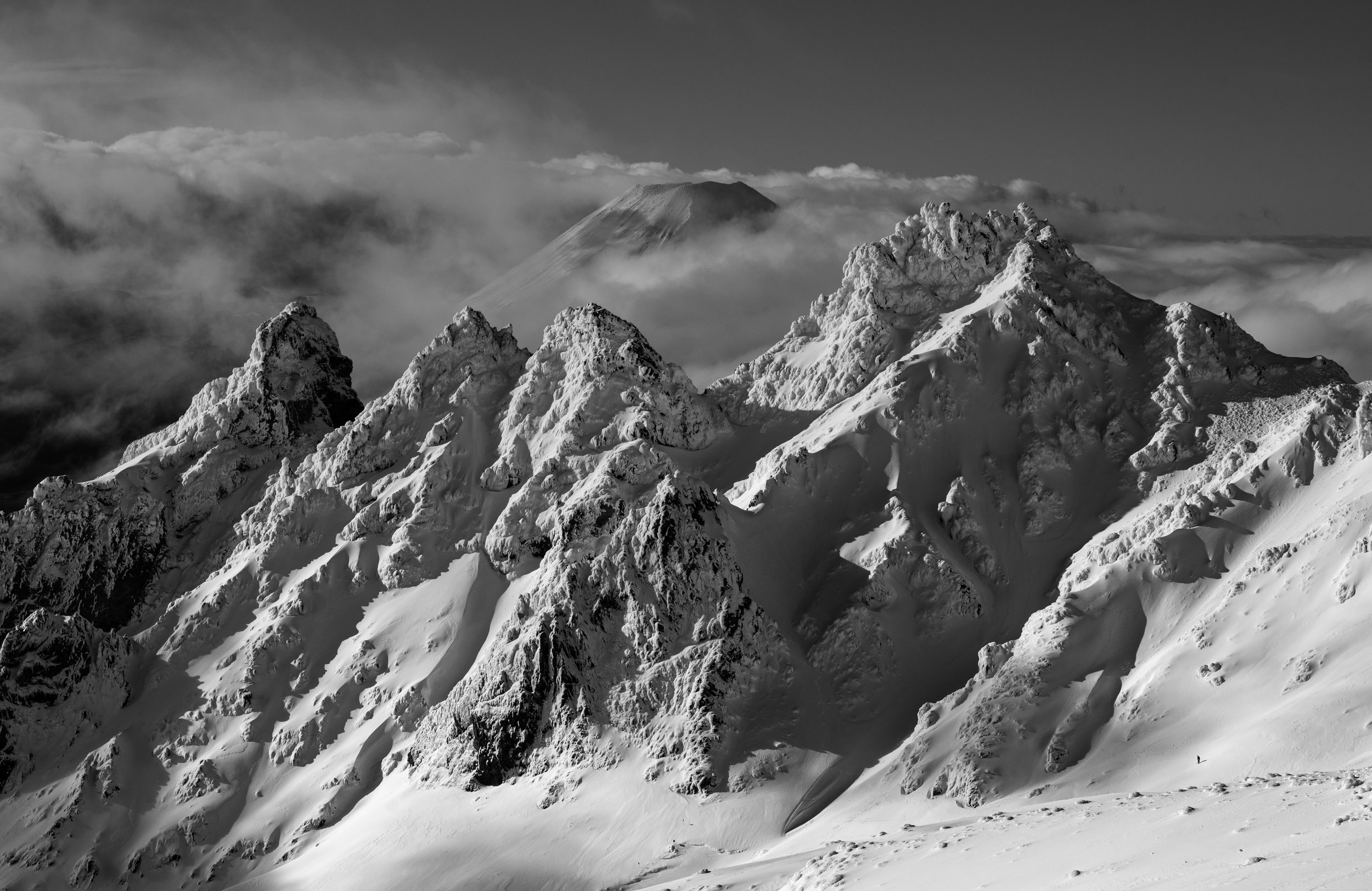
Jagged peaks of the Pinnacles Ridge on Mount Ruapehu. Whakapapa Ski Area on an active volcano is New Zealand's largest ski field. North Island, New Zealand.
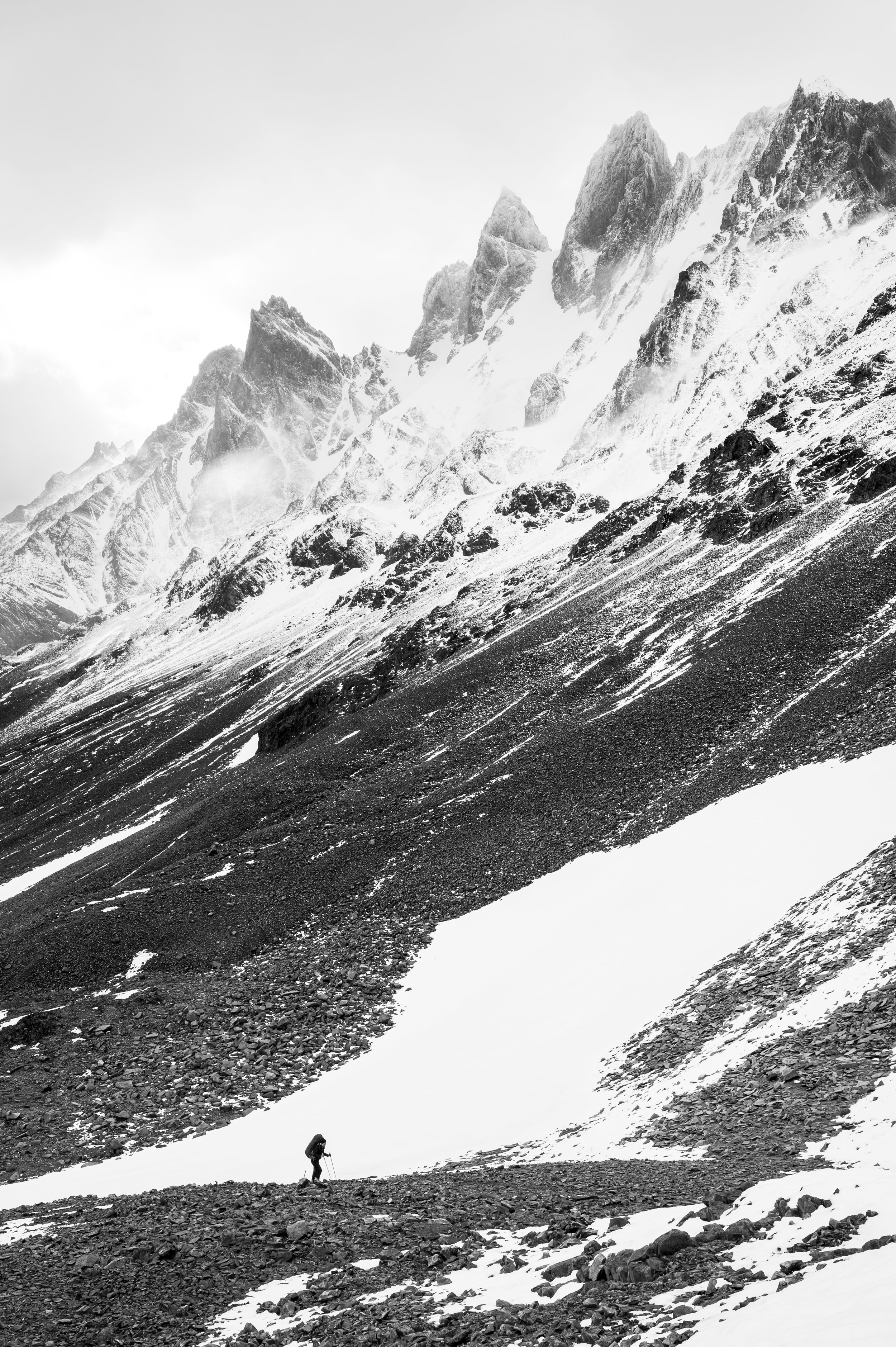
At 1,200 meters above sea level, the John Garner Pass is the highest point on the stunning O-Circuit in Torres del Paine National Park. From the top, you’re rewarded with breathtaking views of the Grey Glacier and, if the weather allows, the vast expanse of the South Patagonian Ice Cap. Torres del Paine National Park, Chile.
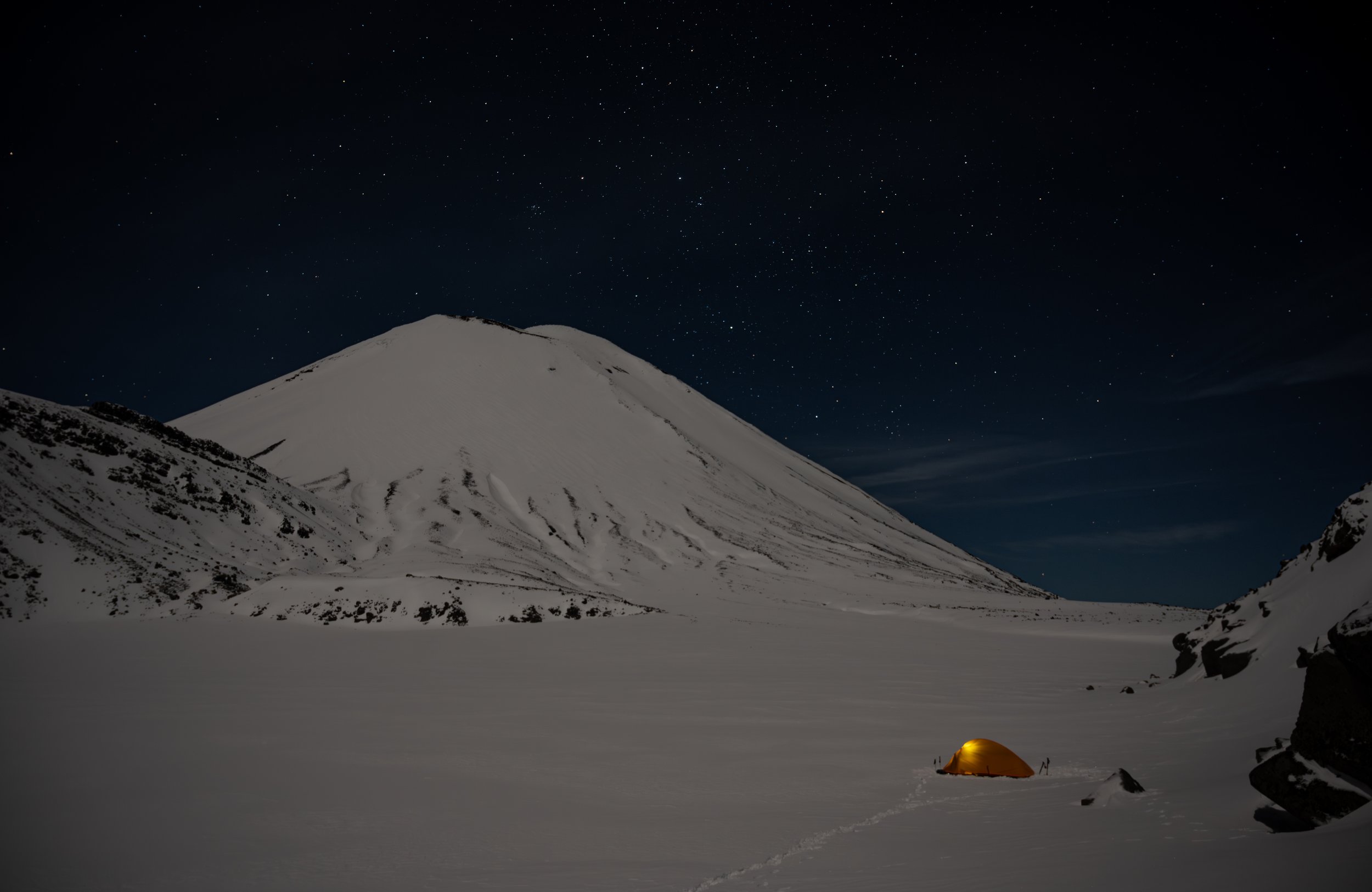
This was my first winter camping trip in one of the most spectacular places in New Zealand - under Mount Ngauruhoe volcano in Tongariro National Park. Tongariro is New Zealand's oldest national park and a dual World Heritage area. North Island, New Zealand.

Sunset on the Kapowairua/Spirits Bay in New Zealand, where, based on Māori belief, the spirits leap into the ocean to begin their journey home. North Island, New Zealand.
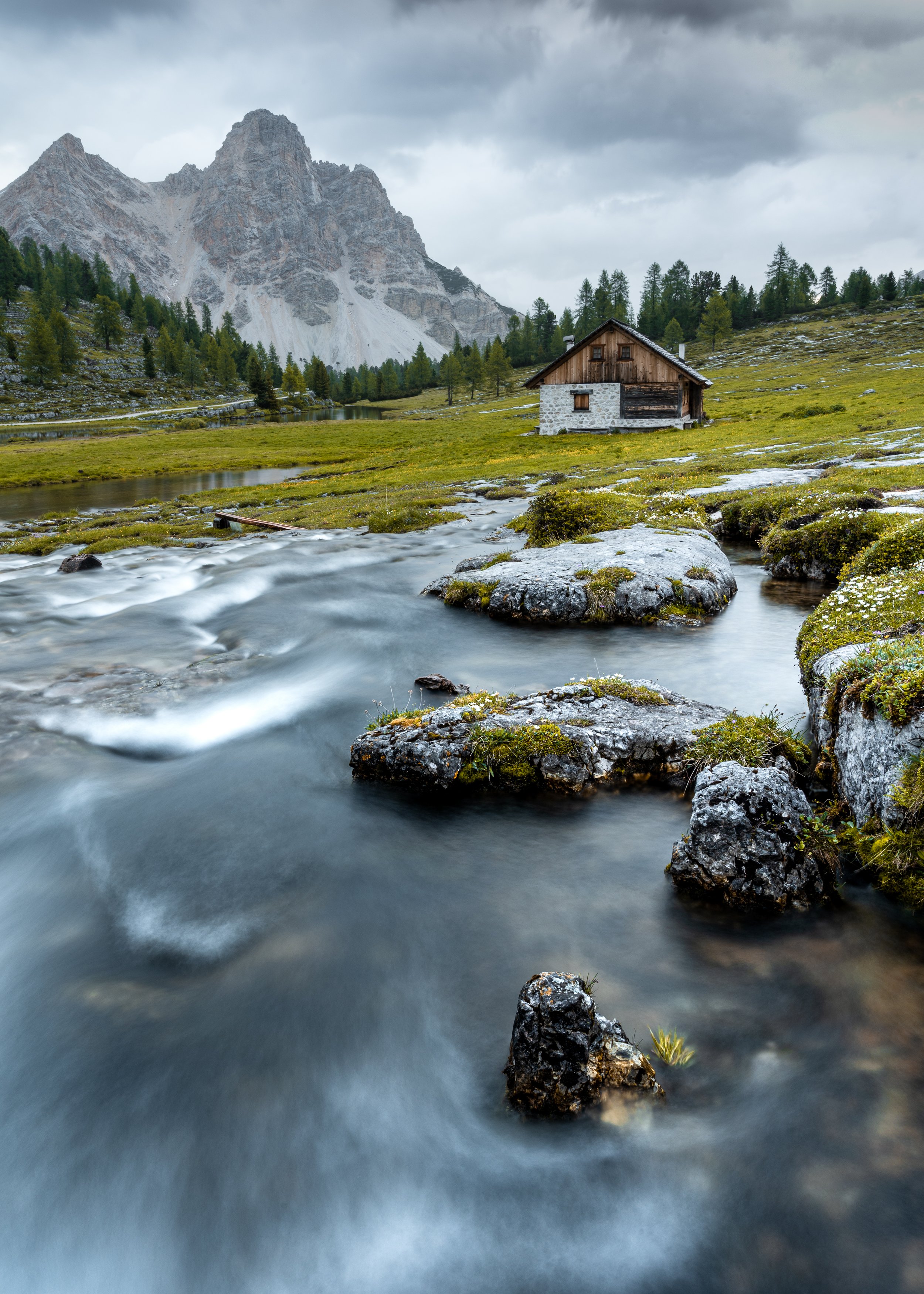
National Park Dolomites of Belluno, Italy.

Sunrise reflection on Lake Mackenzie on our last day of the Routeburn Track. South Island, New Zealand.

Morning reflection at Rifugio Croda da Lago. Dolomites, Italy.

My dad, Edvard, looking across the valley to Mount Edward (2,620m).
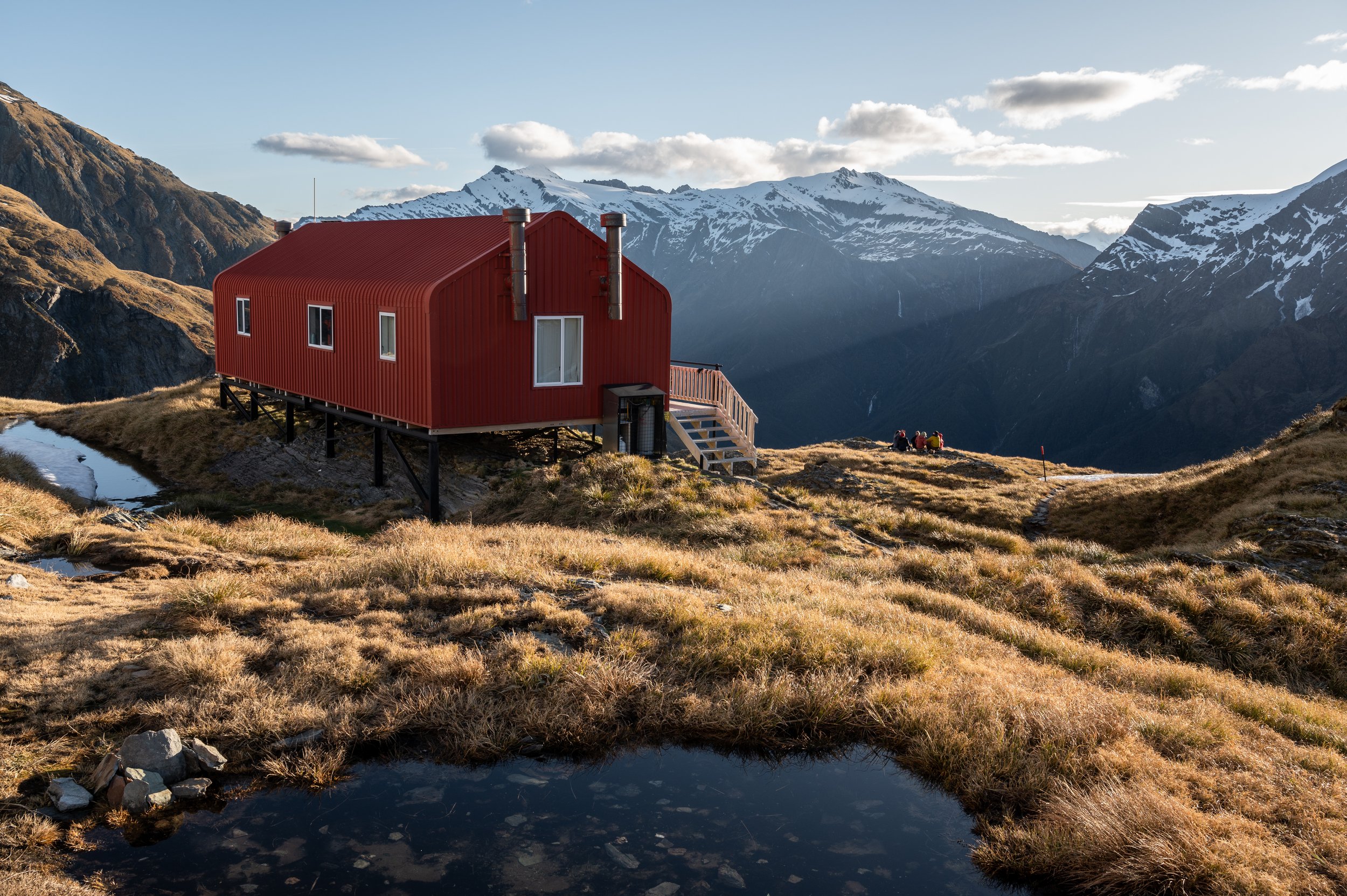
French Ridge Hut, is an entry point to the Bonar Glacier and the mountains around, such as Mount Avalanche, Popes Nose and Mount Tititea.

Mist and first sun rays over Matuki River and its valley, Aspiring National Park.

Brewster Glacier in Mount Aspiring National Park. Studies have shown that the volume lost from the Brewster Glacier in Mt Aspiring National Park due to climate change is about equal to the basic drinking water requirements for all New Zealanders for those three years.

Mount Cook or Aoraki in Māori means “Cloud Piercer” with 3,724 m is the highest mountain of New Zealand. Aoraki National Park, New Zealand.
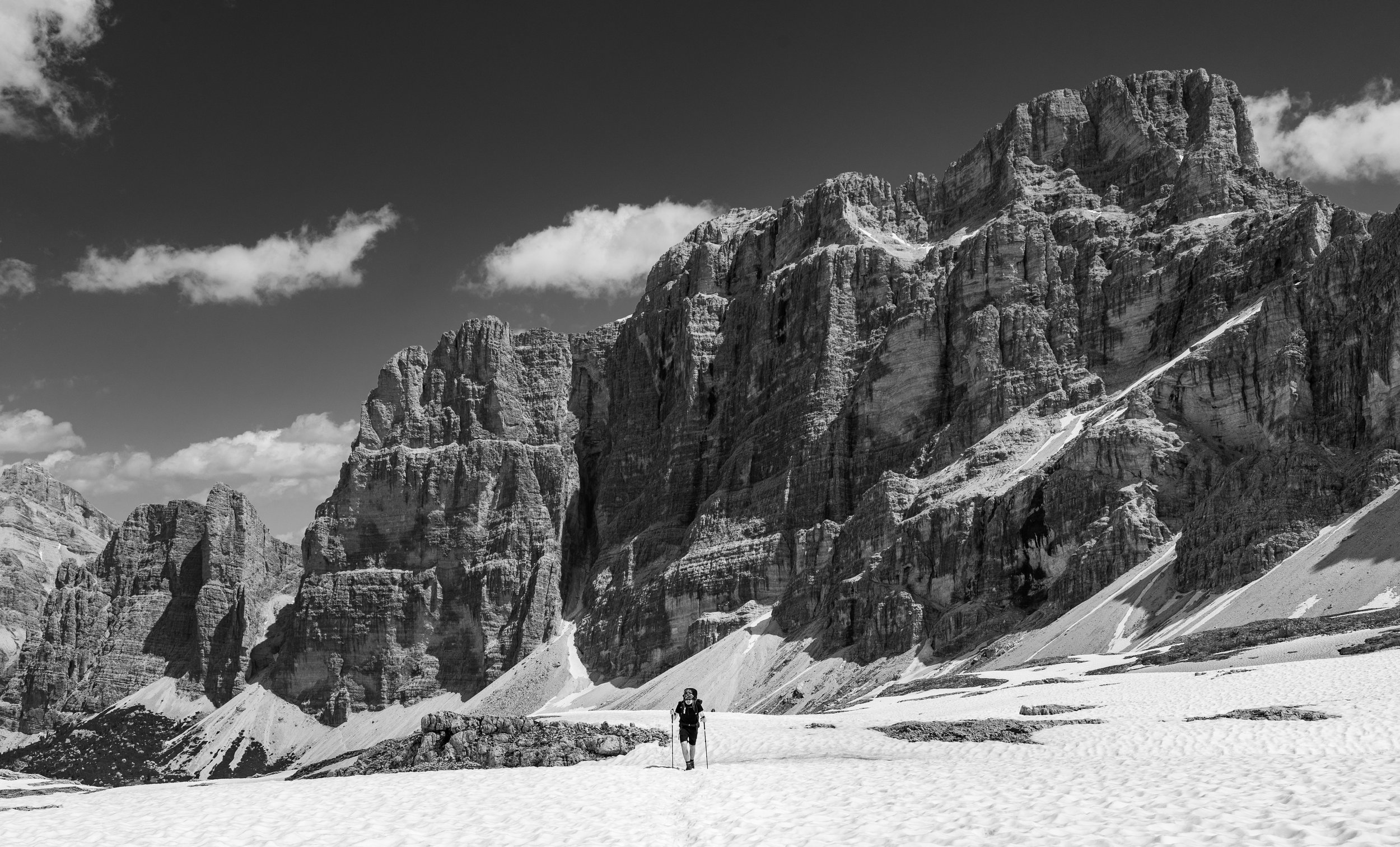
National Park Dolomites of Belluno, Italy.
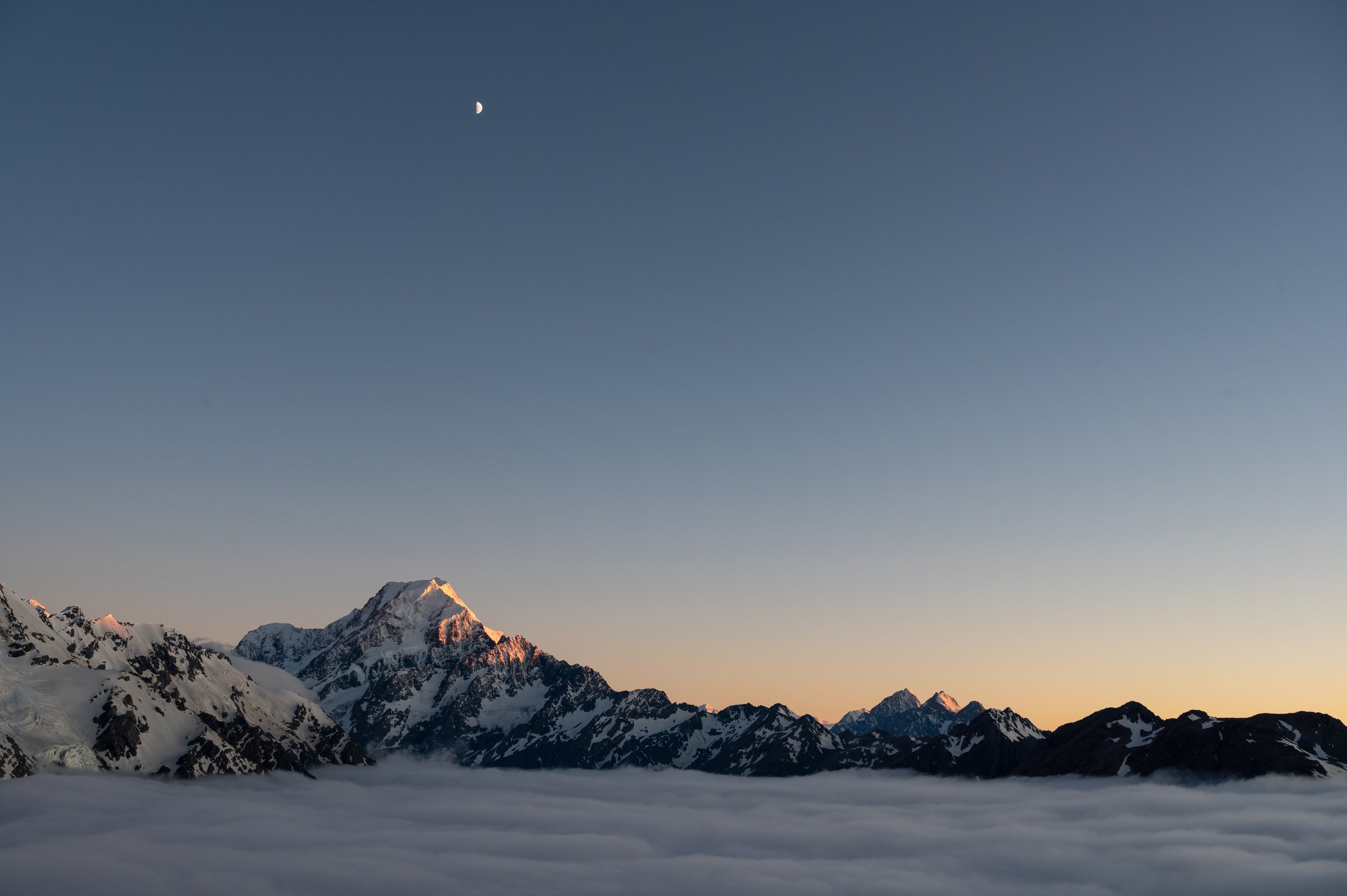
Our campground on the cliff close to Muller Hut offered us a stunning sunrise above the sea of clouds. South Island, New Zealand.

Starting the ascend from Hooker Valley to the Ball Pass in Aoraki National Park in New Zealand. Snow gear was necessary.
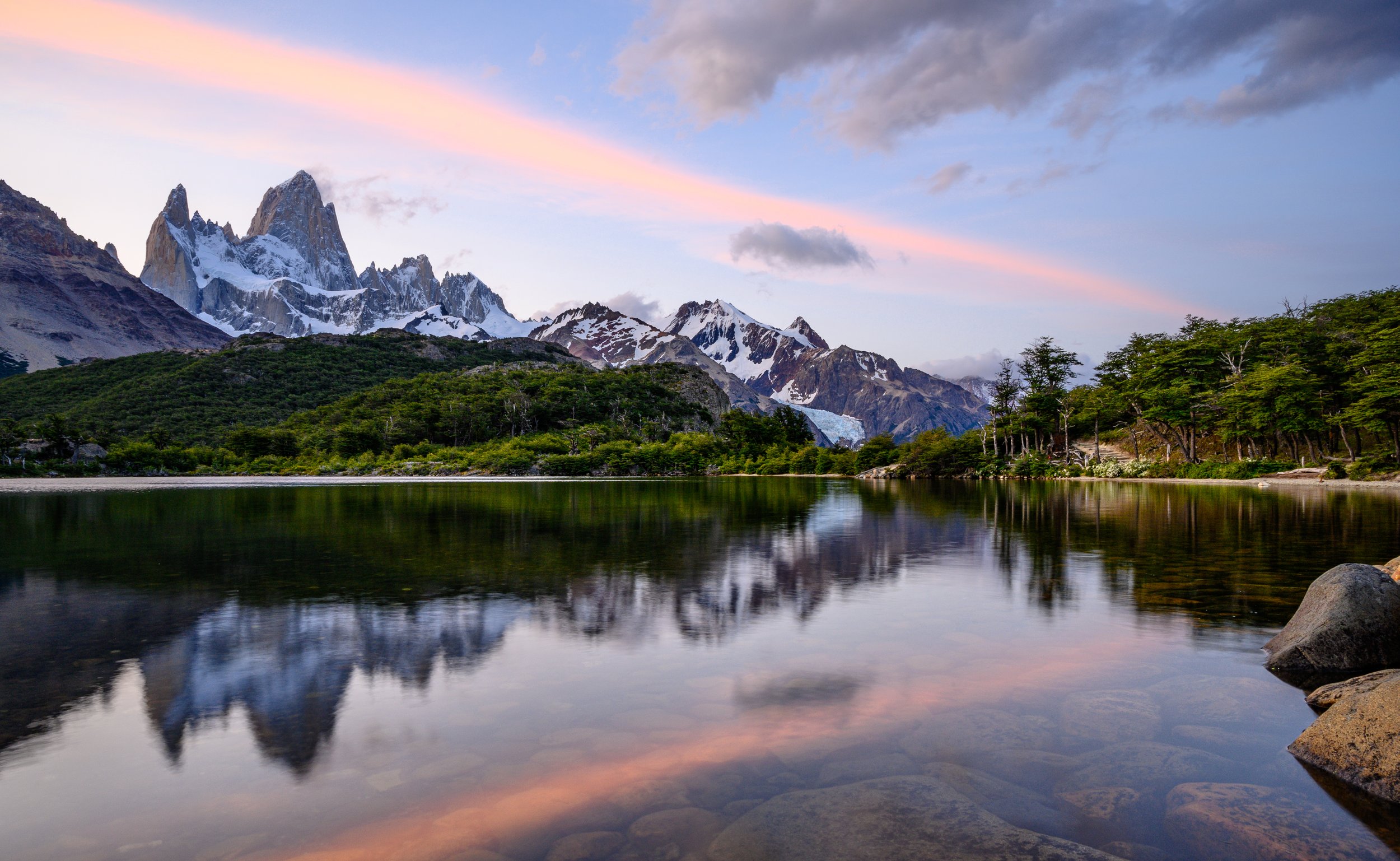
Cerro Fitz Roy, standing at 3,405 meters above sea level, is undoubtedly the most iconic mountain around El Chaltén, located on the border between Argentina and Chile.
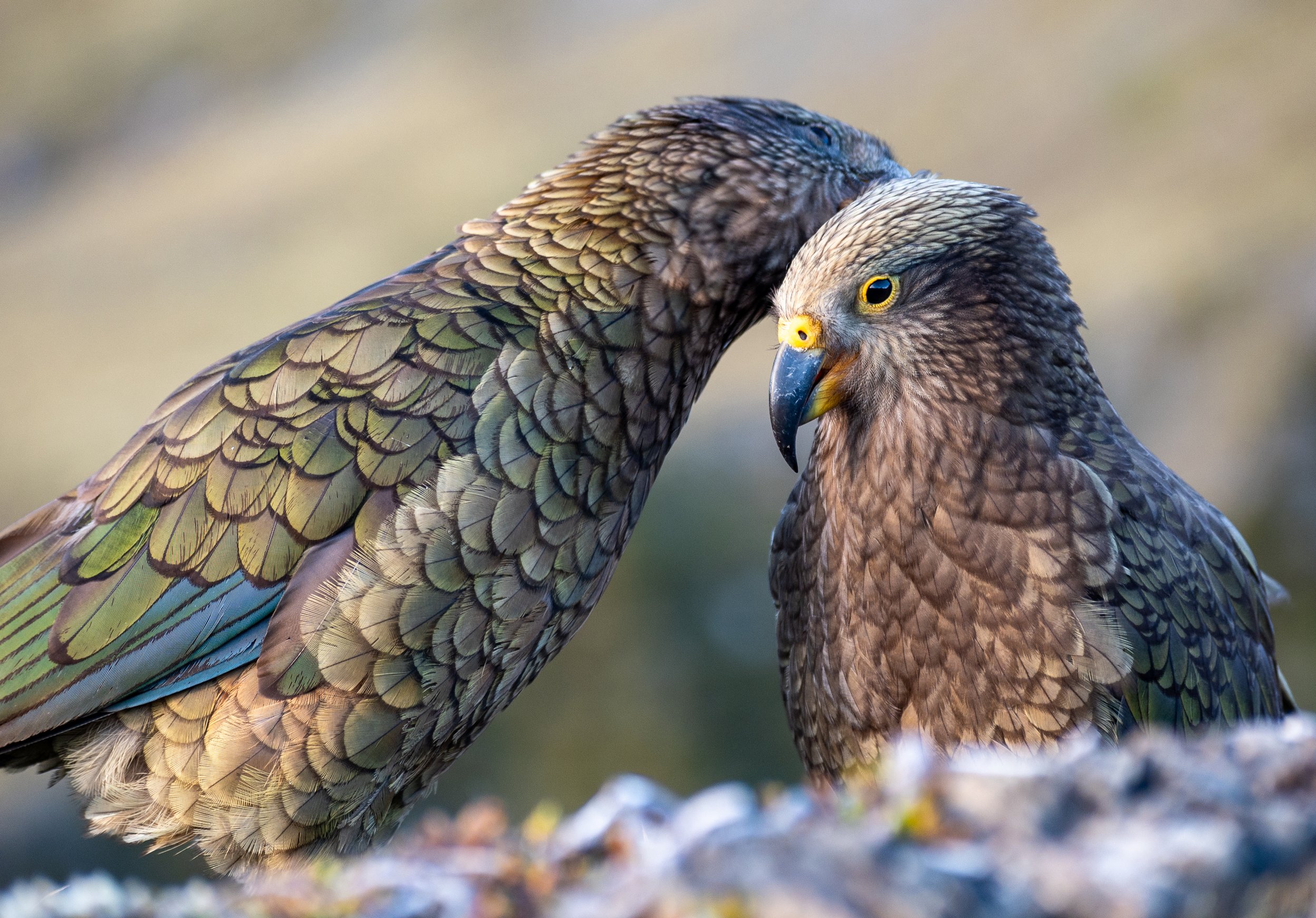
Kea is the only alpine parrot found on Earth and it is endemic to the South Alps of New Zealand, renowned for its playful and inquisitive nature.

Bivouac II at Jezera with mountain group Rokavi illuminated by the moonlight. Julian Alps, Slovenia.
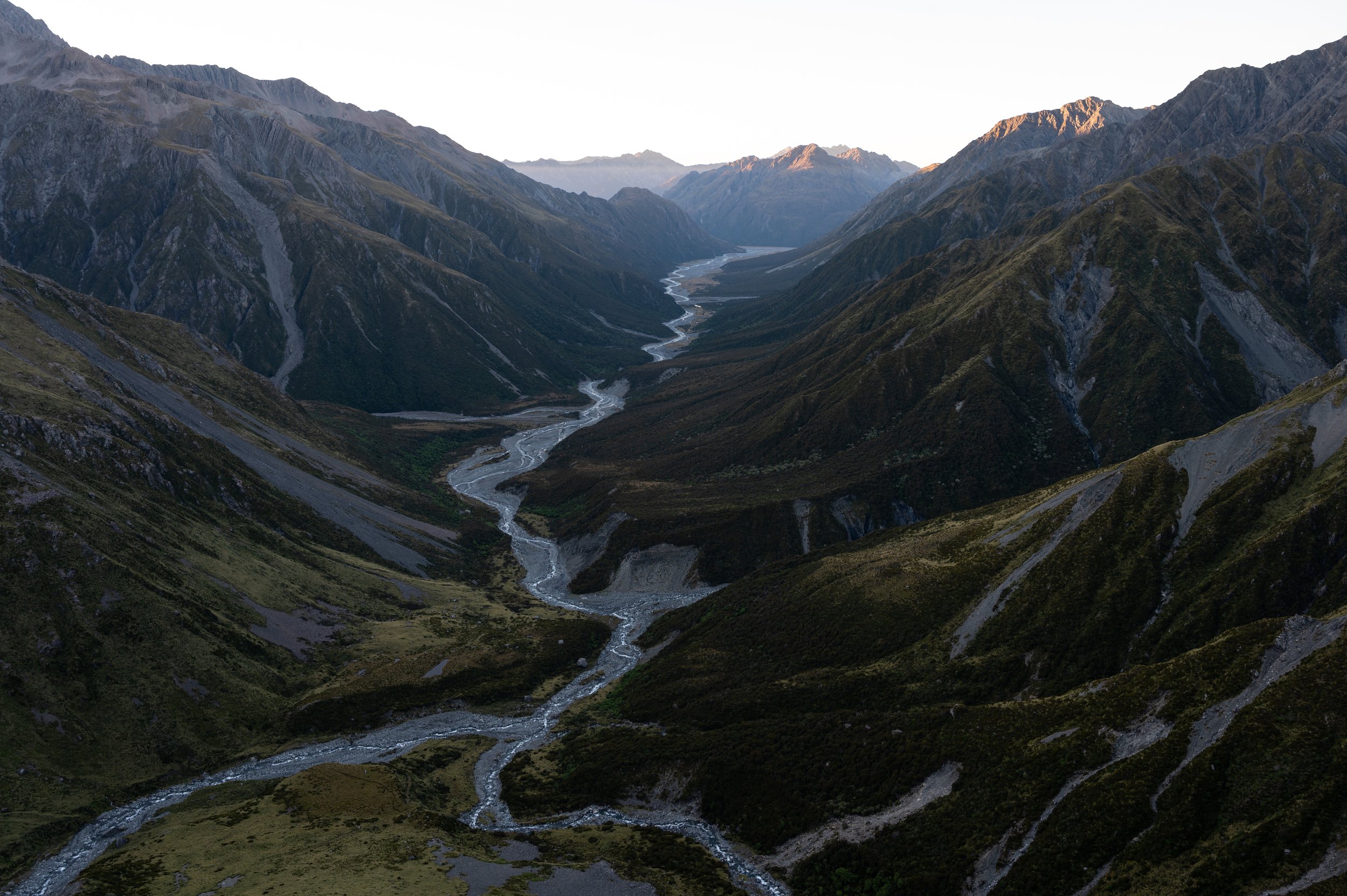
Looking back towards the East side of the Southern Alps from Browning Pass / Nōti Raureka in New Zealand. Arthurs Pass National Park, New Zealand.

Autumn is undoubtedly the most magical time to visit the Slovenian Alps, with the golden larches being a highlight. These conifers are unique in Slovenia because they shed their needles in winter. Julian Alps, Slovenia.

A sacred (tapu in Māori) Blue Lake in Tongariro National Park, New Zealand.
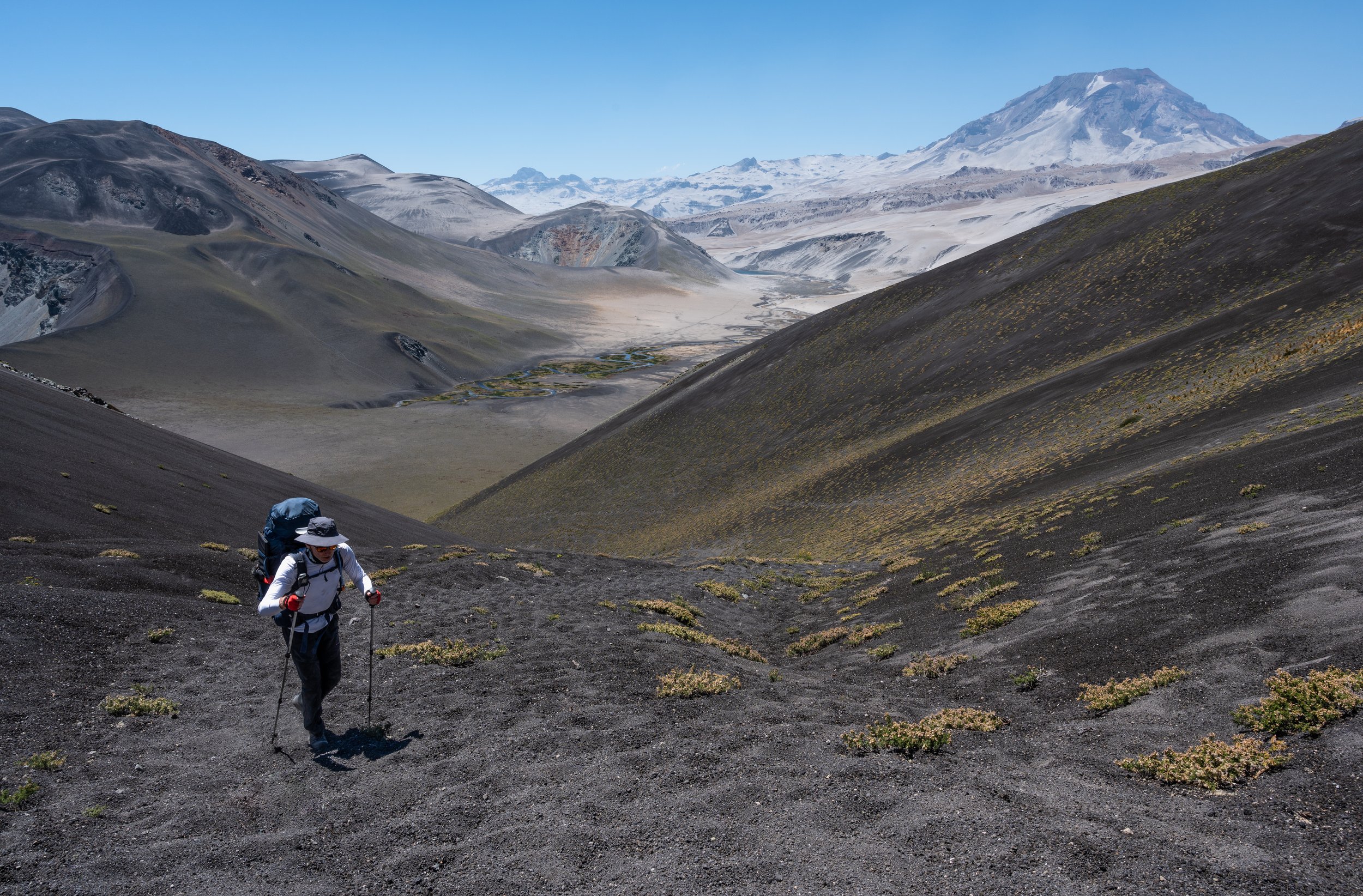
Ascending Los Hornitos pass (Little ovens) was hellish, with 500 vertical meters of sand and heat. Maule Region, Chile.
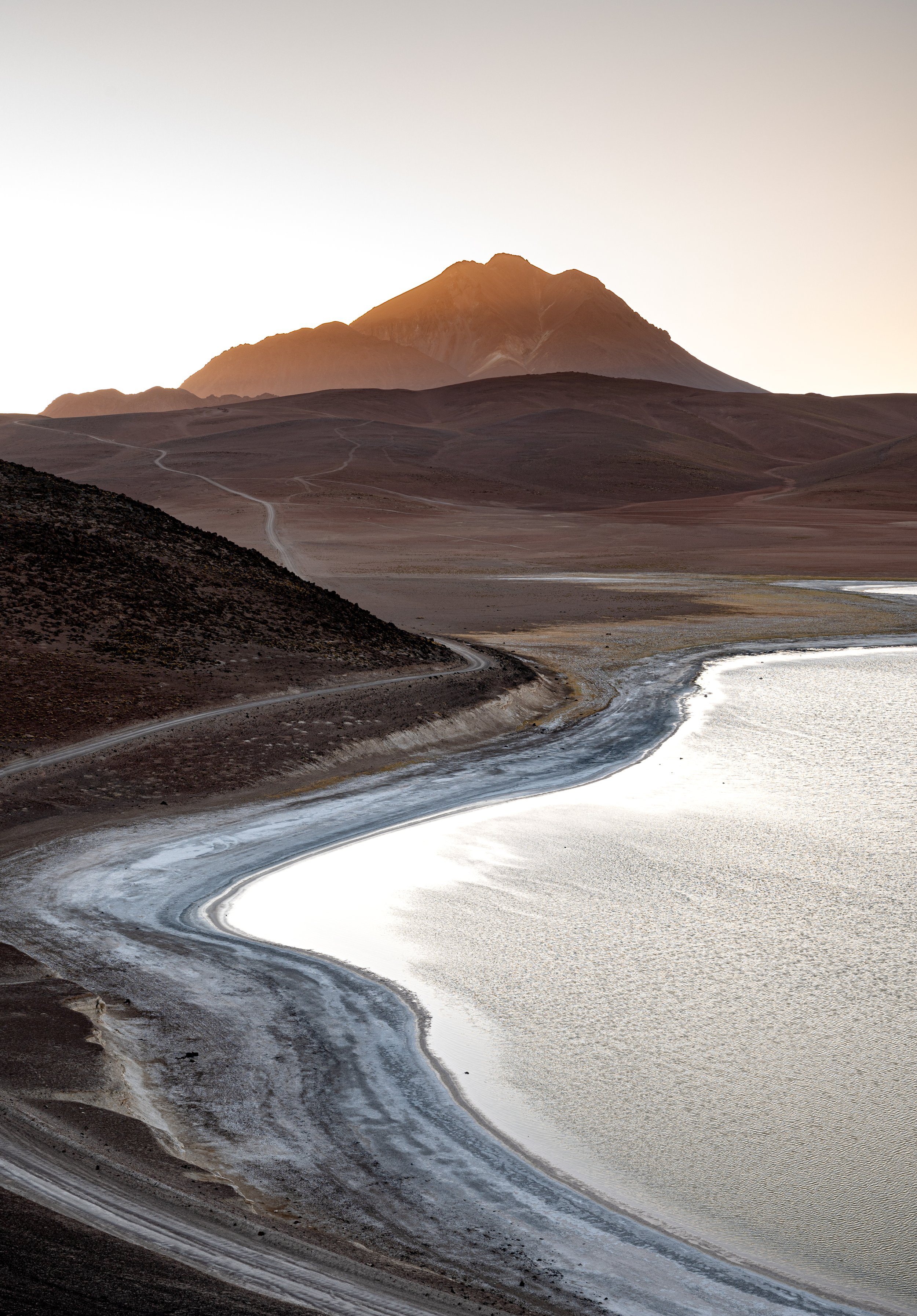
The Atacama Desert, the driest nonpolar desert on Earth, is both harsh and alien yet strikingly beautiful. Its extreme aridity results from a persistent temperature inversion caused by the cool north-flowing Humboldt Ocean current and the strong Pacific anticyclone. Antofagasta region, Chile.
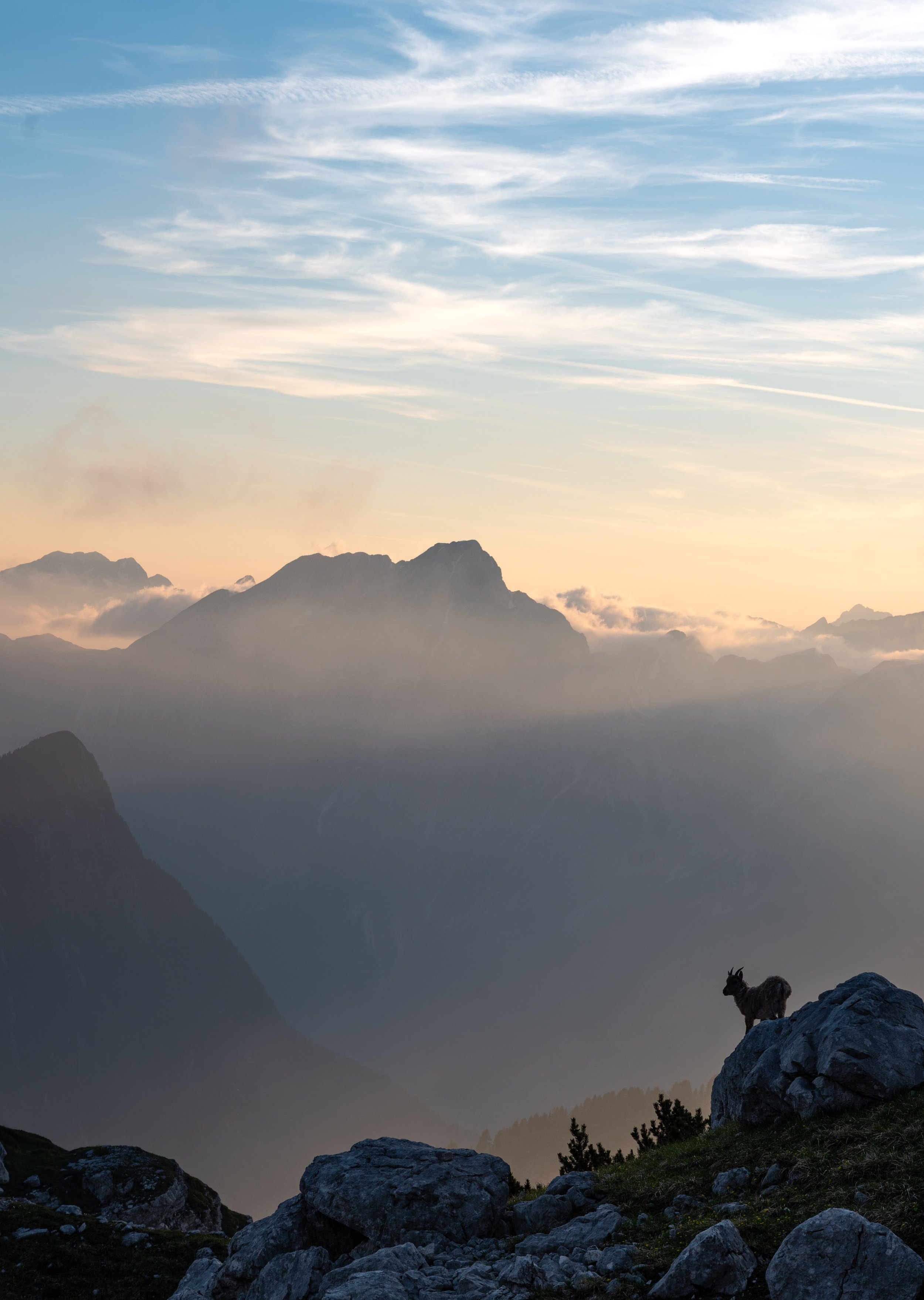

Vicuñas (wild South American camelids) in front of imposing Licacabur volcano. Atacama Desert, Chile.


The El Tatio Geyser Field, located in northern Chile at 4,320 meters above sea level, is the third largest geyser field in the world and the largest in the Southern Hemisphere. Atacama Desert, Chile.
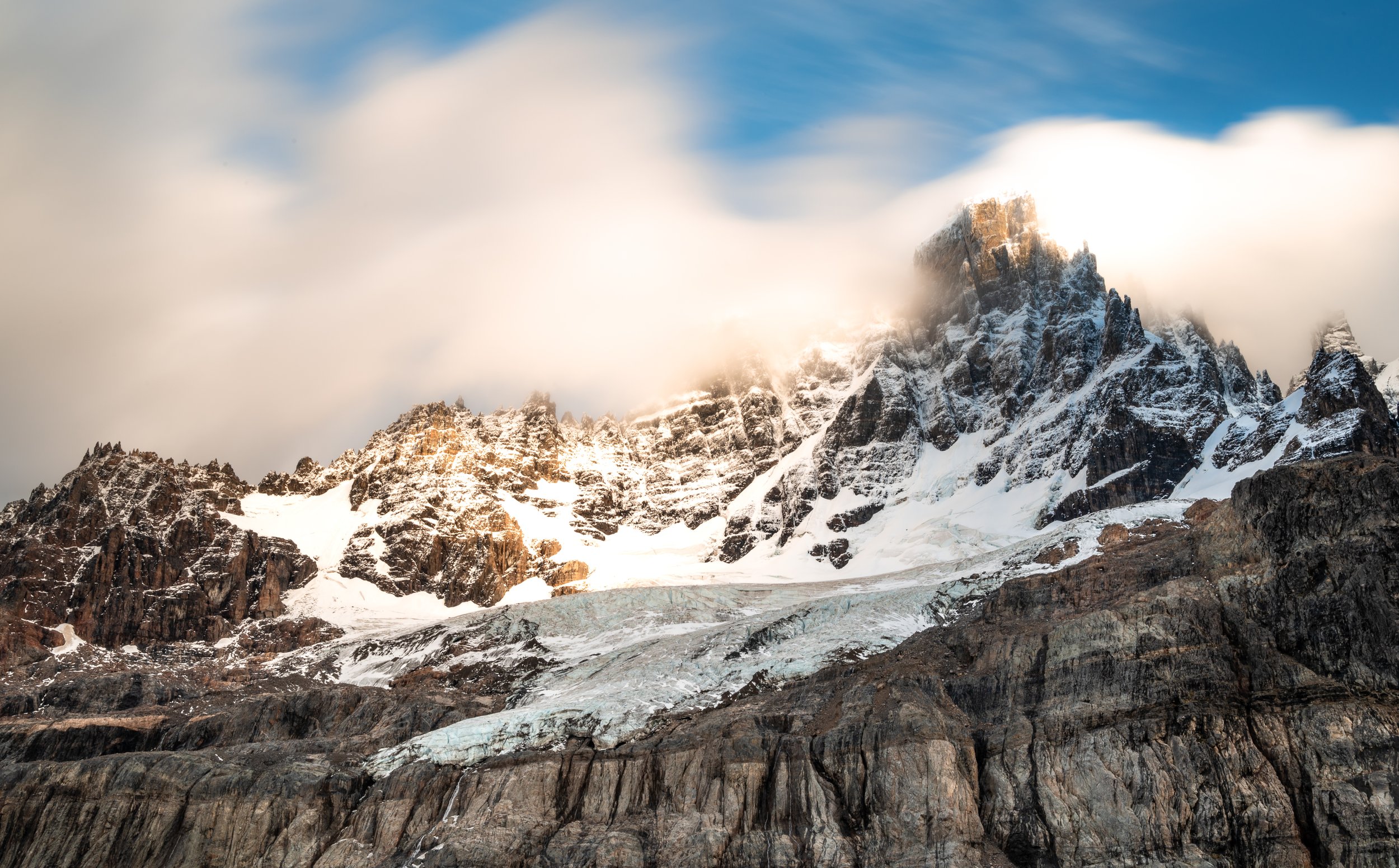
The morning sun gently casting its light over the fog-shrouded towers of Cerro Castillo in Chilean Patagonia. Cerro Castillo National Park, Chile.

Sunset over an iconic mountain vista above El Chaltén that offer endless adventures for nature enthusiasts. Los Glaciares National Park, Argentina.
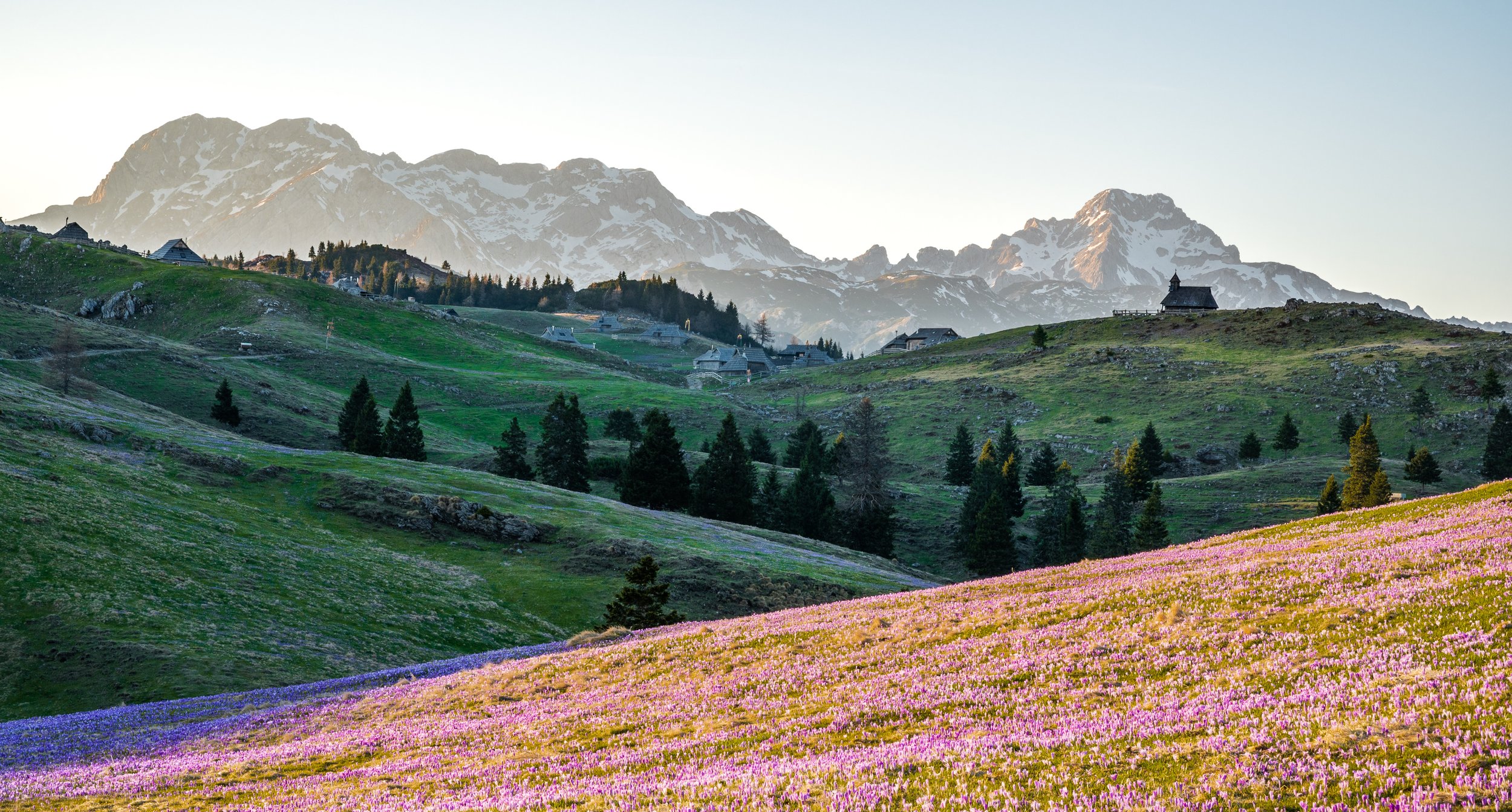
Velika Planina (Big Pasture Plateau) is the largest high mountain pasture plateau in Slovenia. In spring, purple takes over as millions of saffron crocus start flowering. Kamnik-Savinja Alps, Slovenia.

Huge herds of alpacas, domesticated South American camelids, on Ausangate Circuit. The circuit follows trails around Ausangate, a sacred peak revered by the locals as Apu - a mountain spirit or deity. Cusco region, Peru.
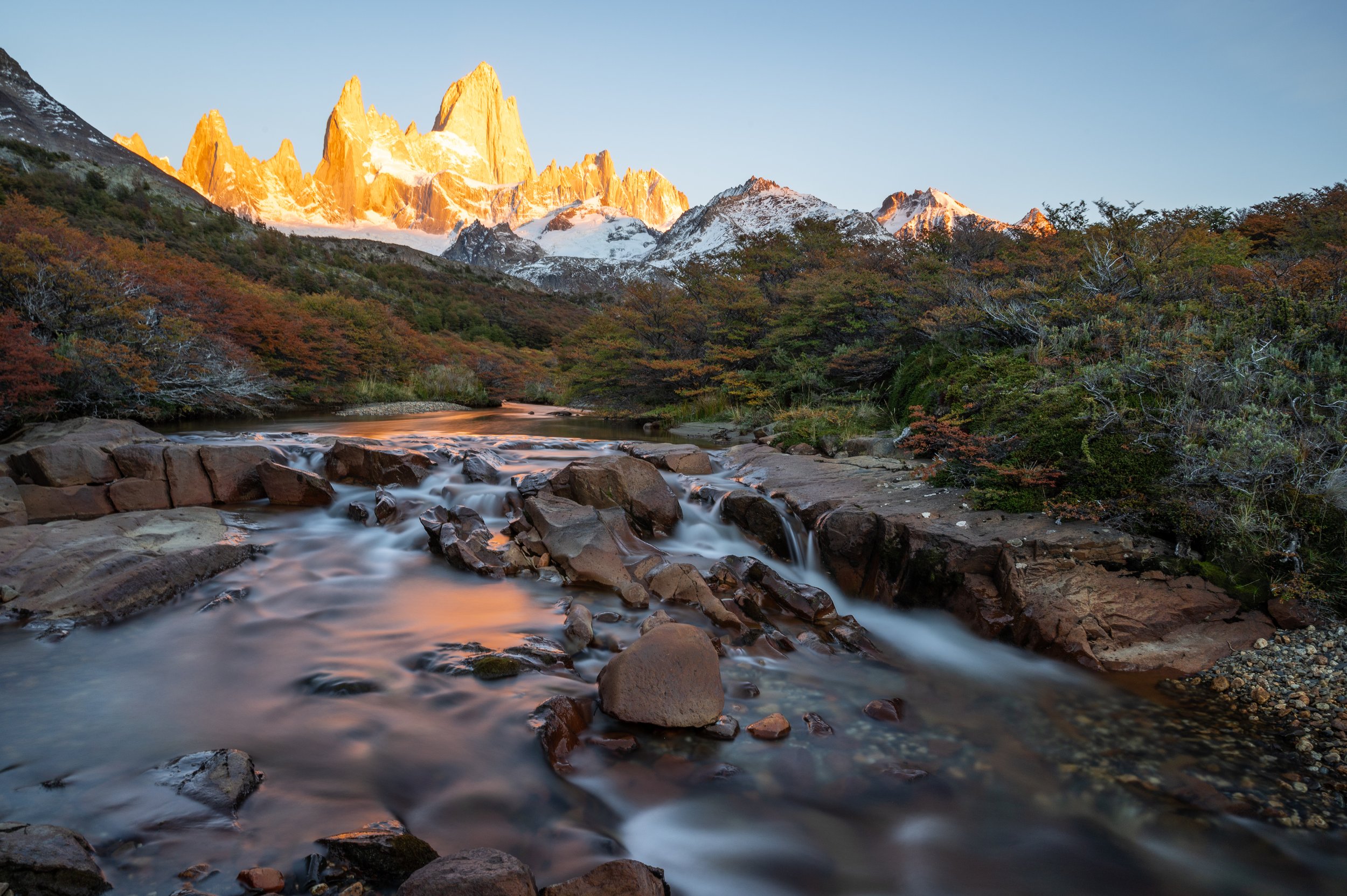
Fitz Roy, Poincenot and surrounding peaks basking in the sunrise. Los Glaciares National Park, Argentina.

There’s a first time for everything, such as witnessing the sunrise at Lake Bled before heading to the mountains. Typically a bustling tourist hotspot, Lake Bled was unusually serene and peaceful in 2020, owing to the recent COVID-19 pandemic. Lake Bled, Slovenia.

Perched high in Peru's Andes Mountains, Machu Picchu is a stunning 15th-century Inca city that reveals the civilization’s remarkable skills in engineering, architecture, and harmonious integration with nature. Cusco region, Peru.
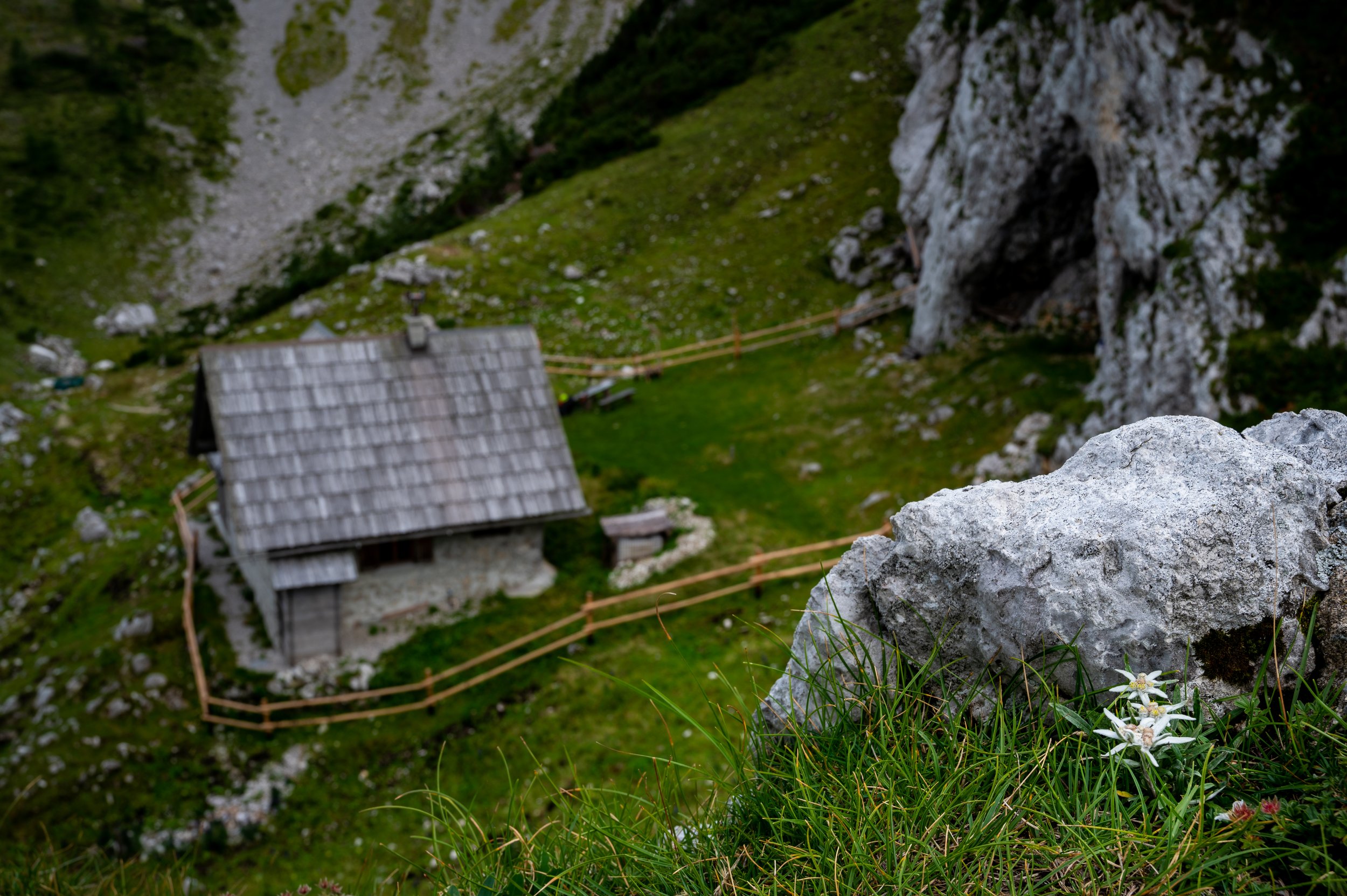


Based on Maōri legend, Taranaki Mounga (mountain in Maōri), used to reside alongside the mountains Ruapehu, Tongariro, and Pihanga. Taranaki and Tongariro were both captivated by Pihanga, and they waged fierce battles to win her heart. However, Tongariro's might prevailed, leaving Taranaki defeated. He retreated beneath the earth, carving the course of the Whanganui River on his journey to the ocean. Upon reemerging, Taranaki's gaze fell upon the majestic Pouākai range and he felt an irresistible pull toward her. The union of Pouākai and Taranaki gave birth to the myriad trees, plants, birds, rocks, and rivers that flow gracefully from their slopes.

Moonlight on Lake Wānaka. "Wānaka" is the South Island dialect pronunciation of wānanga, which means "a place of learning."

Pikirakatahi / Mount Earnslaw with 2830 m.a.s.l. is the second-highest mountain in Mount Aspiring National Park. In December (too soon in the season) we tried to ascend its East Peak but were forced to retreat just 150 vertical meters below the summit due to solid ice build-up on the exposed gully. Nevertheless, it was a spectacular trip, camping above the Kea Basin below and spending a night in the Esquilant Bivvy.

Nestled between the mountains, under the west ridge of Mount Sefton, and heavily guarded by keas (New Zealand alpine parrots), the Douglas Rock Hut was perhaps the most special hut we have stumbled upon in New Zealand. It presents a safe refuge for mountaineers crossing the traversing of the Copland Pass through the Copland Track, a path constructed between 1901 and 1913 to provide a link between the West Coast and Mt. Cook / Aoraki.

Man taking care of visitors' footwear in from of entrance to Dumballe Cave Temple. Walking barefoot in temples is a sign of respect and humility to spiritual traditions.

Sunrise panorama of Tongariro National Park: Mount Ruapehu in the back, Tama Lakes and Ngāuruhoe crater with its shadow. The oldest national park in New Zealand it has been acknowledged by UNESCO as a World Heritage Site of mixed cultural and natural values.

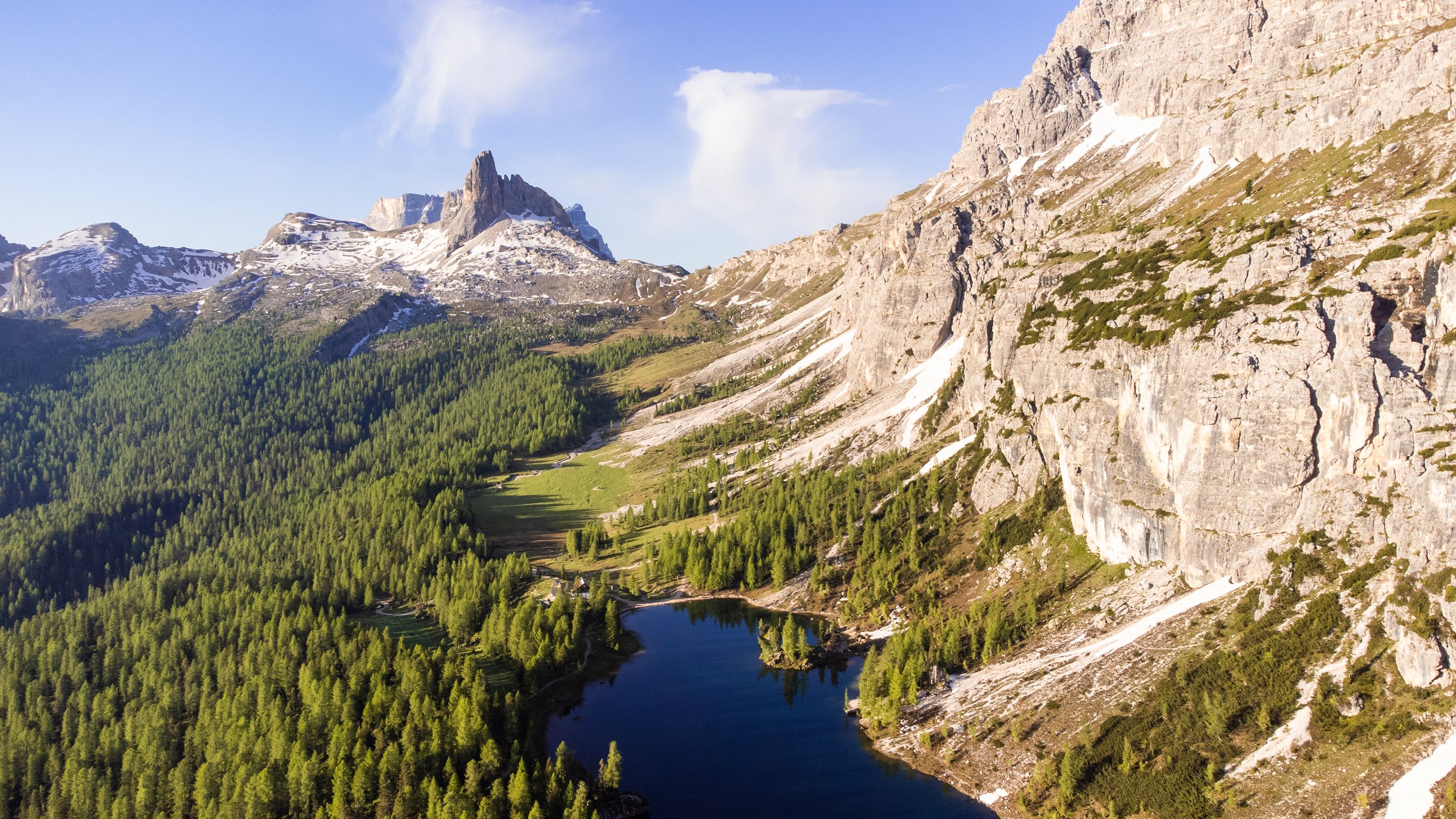

Once important for iron ore and cement production, the alpine village Mojstrana is a charming entry point for three magnificent valleys Vrata, Krma and Kot, all part of Triglav National Park.

Sunrise from Tahurangi, with 2797m the tallest of the eleven peaks of Mount Ruapehu, therefore the highest point of New Zealand's North Island. It consists of three summit craters that have been quite active in the last 10,000 years and hold the North Island's only glaciers.

Gharial, a fish-eating crocodile. In just three generations, their population has declined by over 96%, due to being hunted for indigenous medicine, skins, trophies or eggs. Now less than 200 individuals remain in the wild.

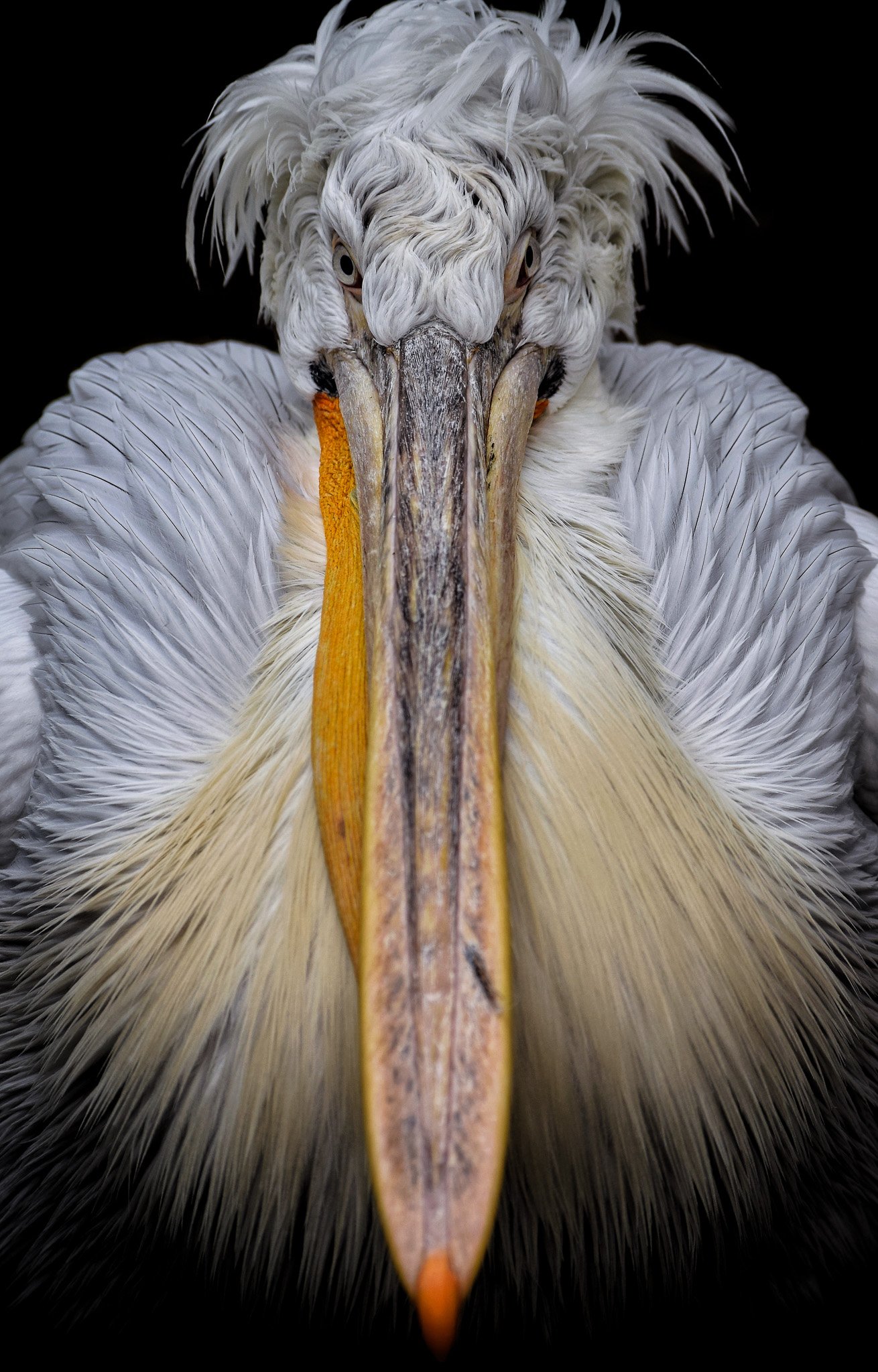
The Dalmatian pelican, the largest member of the pelican family, suffered a dramatic decline in the 20th century due to habitat loss, disturbance, and poaching.

While trekking for three days through the jungles of Gunung Leuser National Park, a UNESCO World Heritage site, in 2018, a large wild male orangutan began guiding us through the dense forest. It's fitting that in Malay, 'orangutan' means 'man of the forest.'


“That day, for no particular reason, I decided to go for a little run. So I ran to the end of the road. And when I got there, I thought maybe I'd run to the end of town. And when I got there, I thought maybe I'd just run across… “ - Forrest Gump
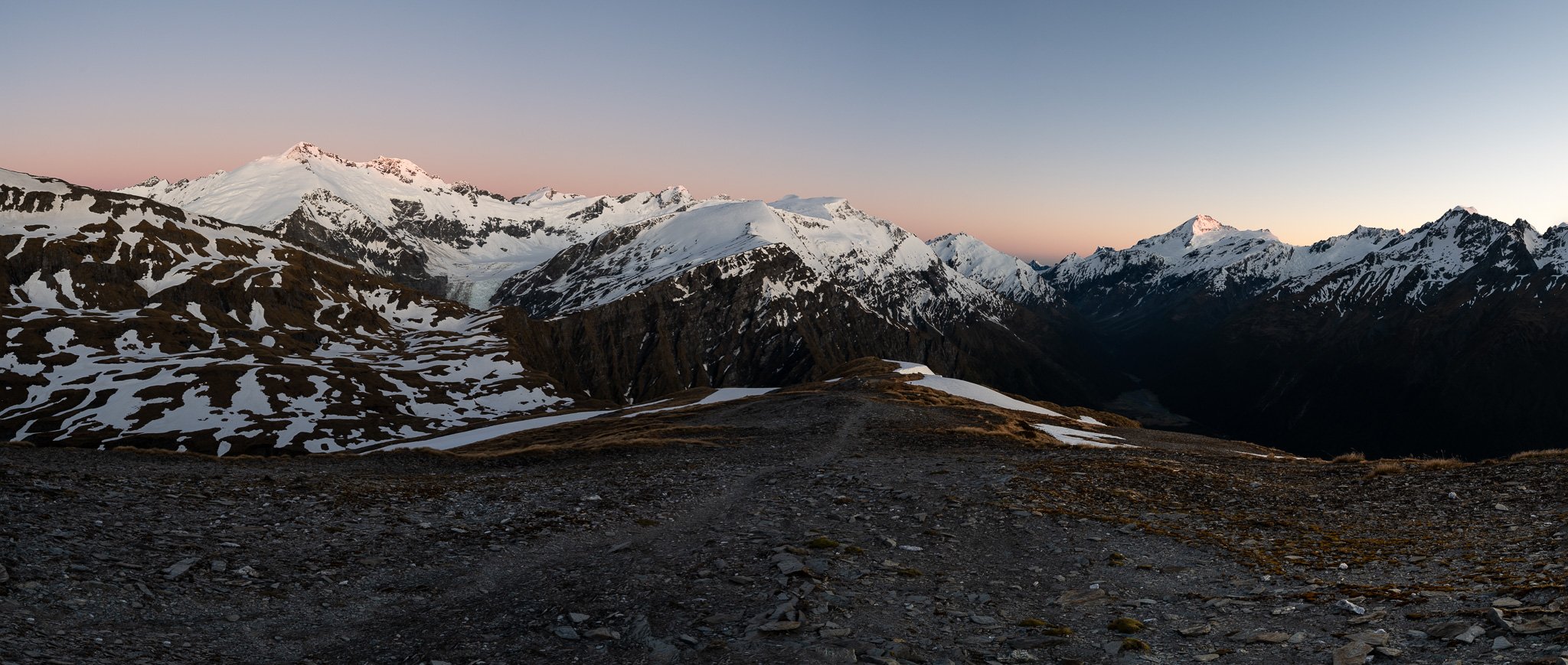
First light illuminates some of the highest mountains of Mount Aspiring National Park - Mount Aspiring/Tititea on the right and Mount Edward on the left.

A girl from an animistic society on the Bolaven Plateau in Laos. Many Lao ethnicities, including the Hmong, Lao Theung, and Lao Sung, practice ancestor worship and hold beliefs in spirits.

Peaking into the crater of Los Quillayes in Chile with the top of Volcan Descabezado Grande in the background.
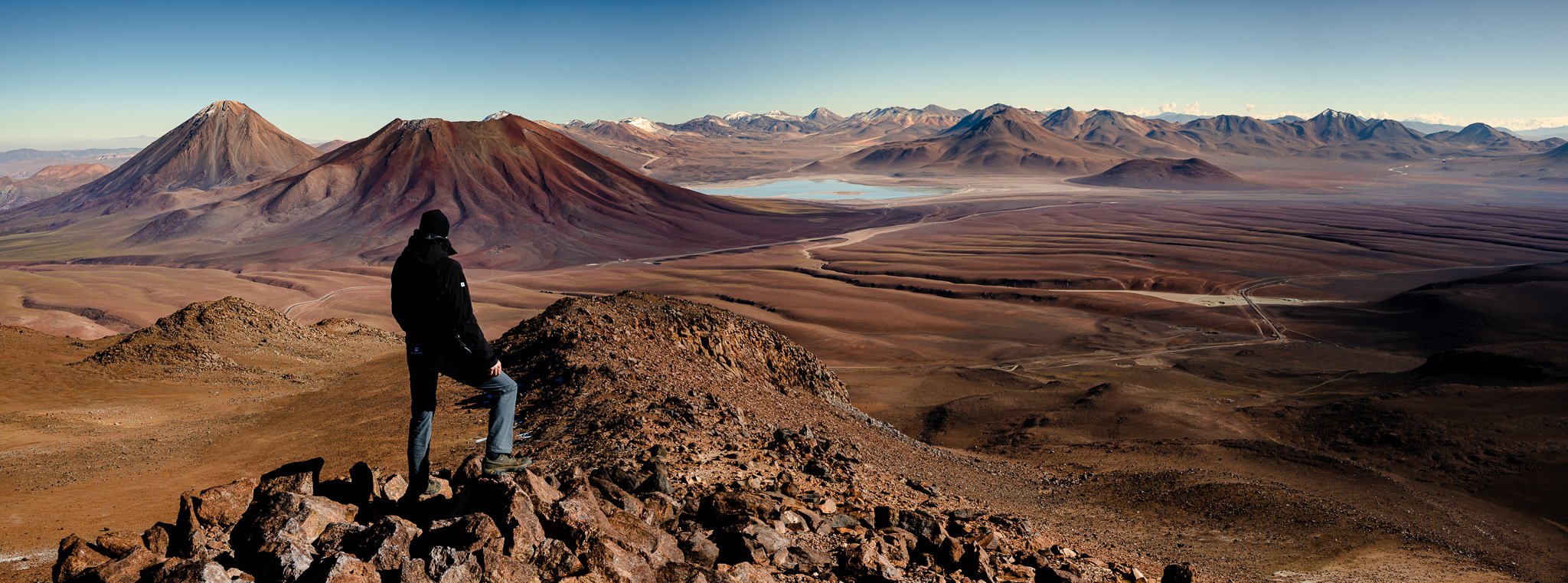
Standing on the peak of Cerro Toco (5,604 m.a.s.l.) with my father, our first high-altitude mountain, we enjoyed a breathtaking view from San Pedro de Atacama, Chile. The panorama extended to Volcano Licancabur, Cerro Juriques on the border, and Eduardo Avaroa National Reserve in Bolivia.
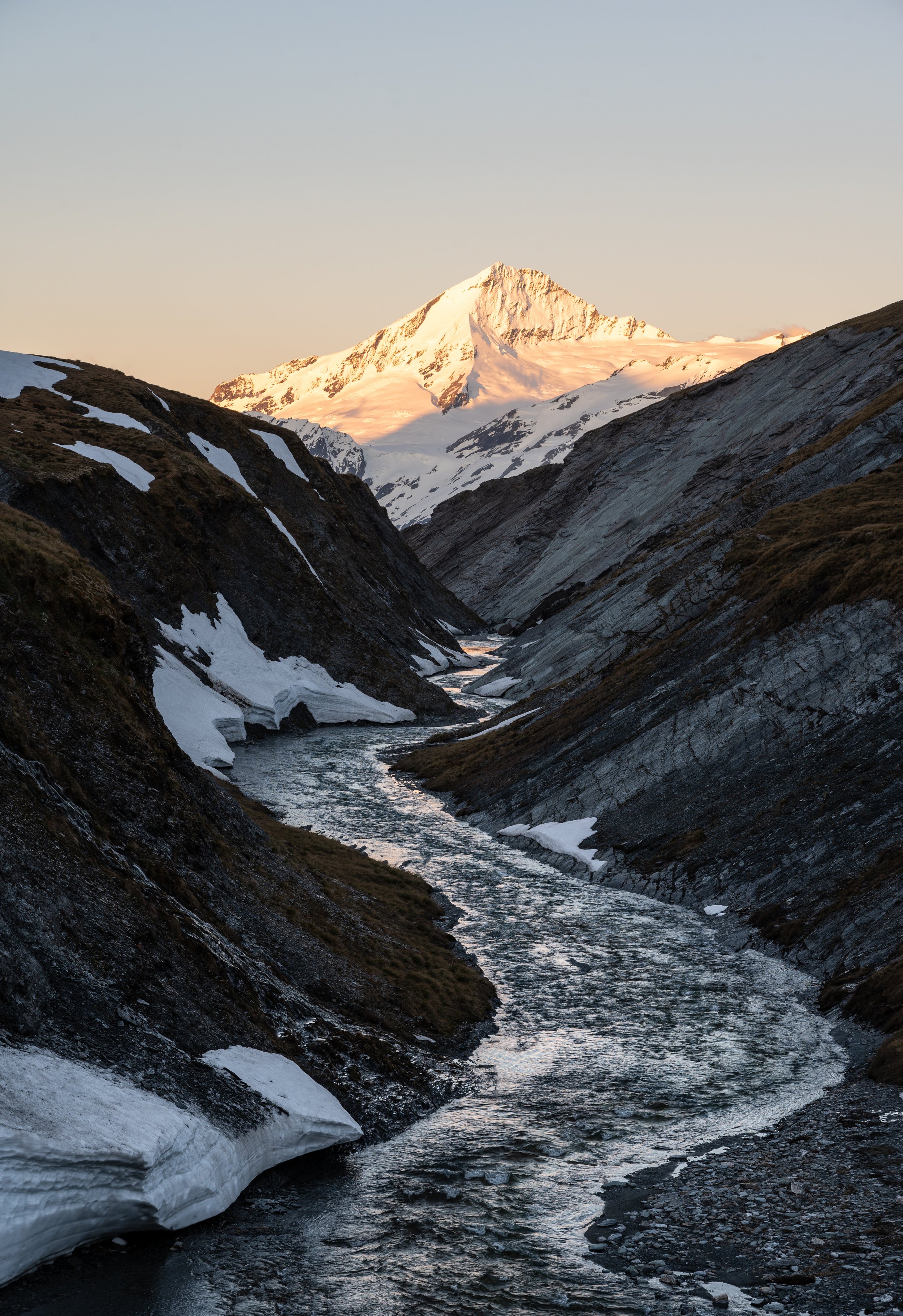
River going into Mount Aspiring, New Zealand's 23rd highest mountain. Māori call the peak Tititea, after a chief of the Waitaha tribe, who were the first people to settle the South Island.

Descending foggy Mount Rjavina a 2532 m high mountain in Julian Alps, Slovenia.

Tūī is known for its complex and varied vocalizations. Their songs include a mix of melodious notes, clicks, cackles, and wheezes. Each tūī has a unique repertoire, and they are known to mimic sounds from their environment, including other birds and even human-made noises.

Taranaki Maunga at sunset photographed over a hundred kilometres to the east of the Tongariro Crossing.

Lower Tama Lake with Mount Ruapehu at sunrise.
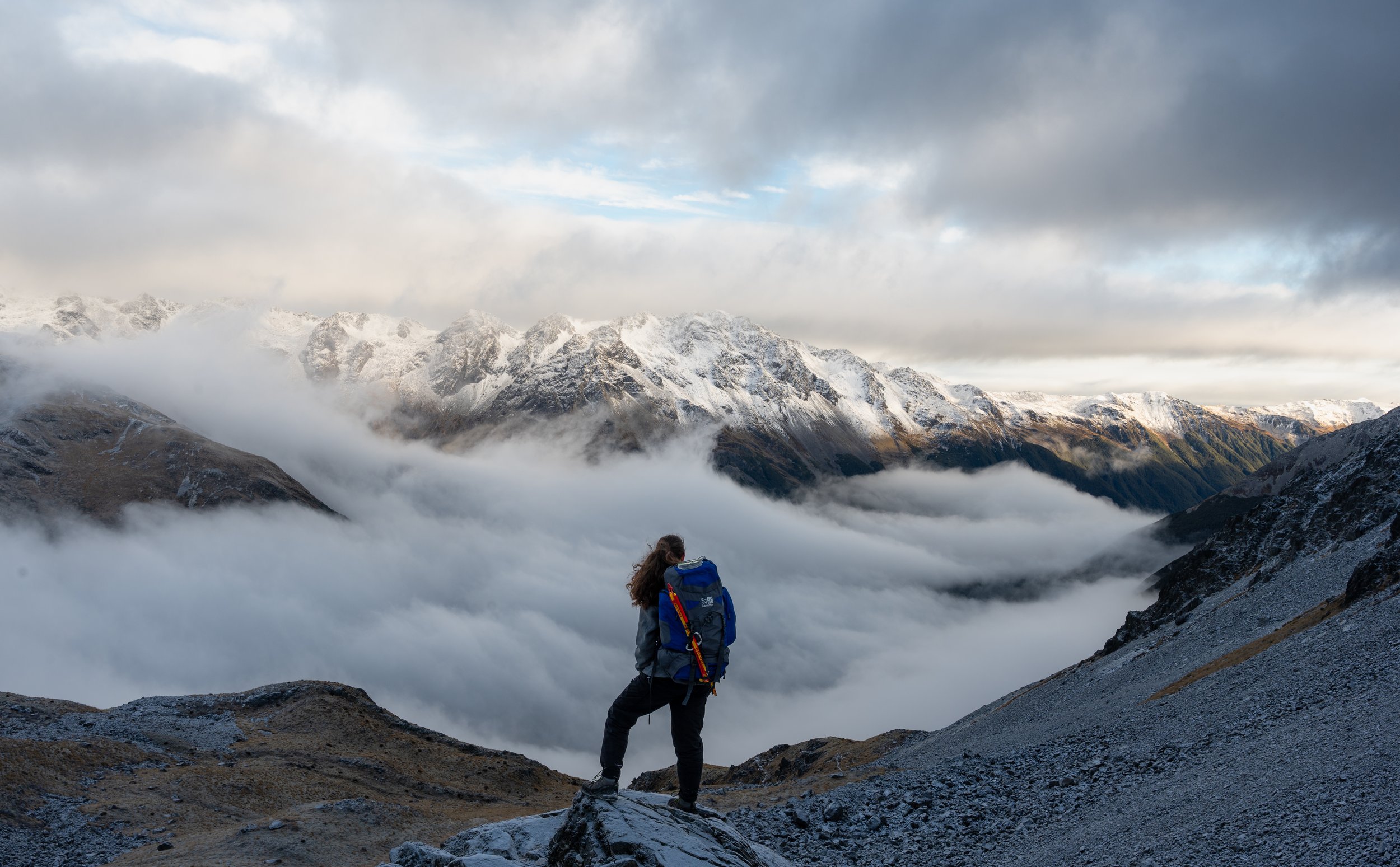
Descending from Traverse Saddle in Arthur's Pass National Park, New Zealand. Mahanga ranges above the sea of clouds.
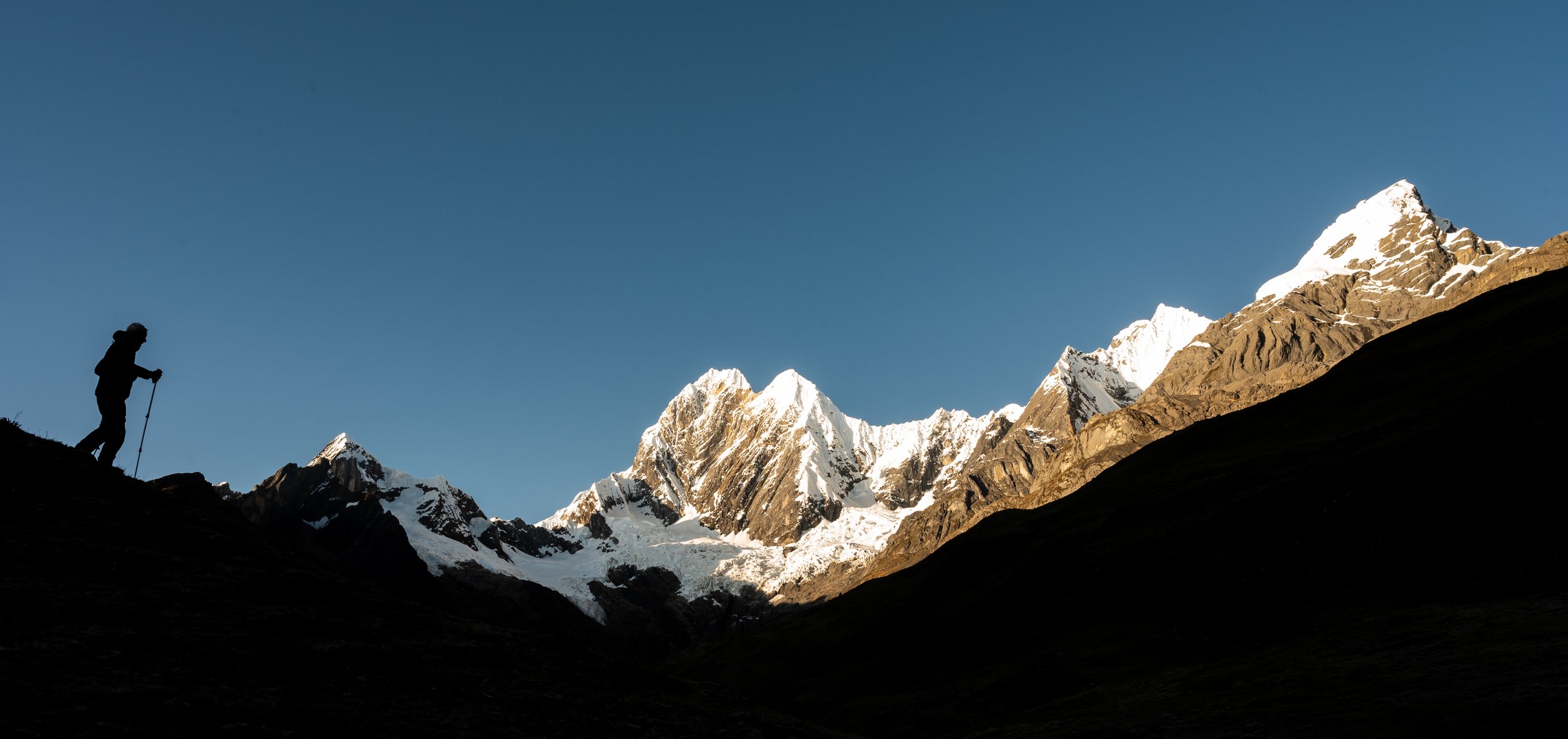
Huayhuash is the second-highest Peruvian mountain range, close to the city of Huaraz, an eight-hour bus ride north of Lima. In just 30km of length, it holds seven peaks over 6000m neighboured by lesser peaks, glaciers, high-mountain passes, narrow valleys and multiple colour lakes.
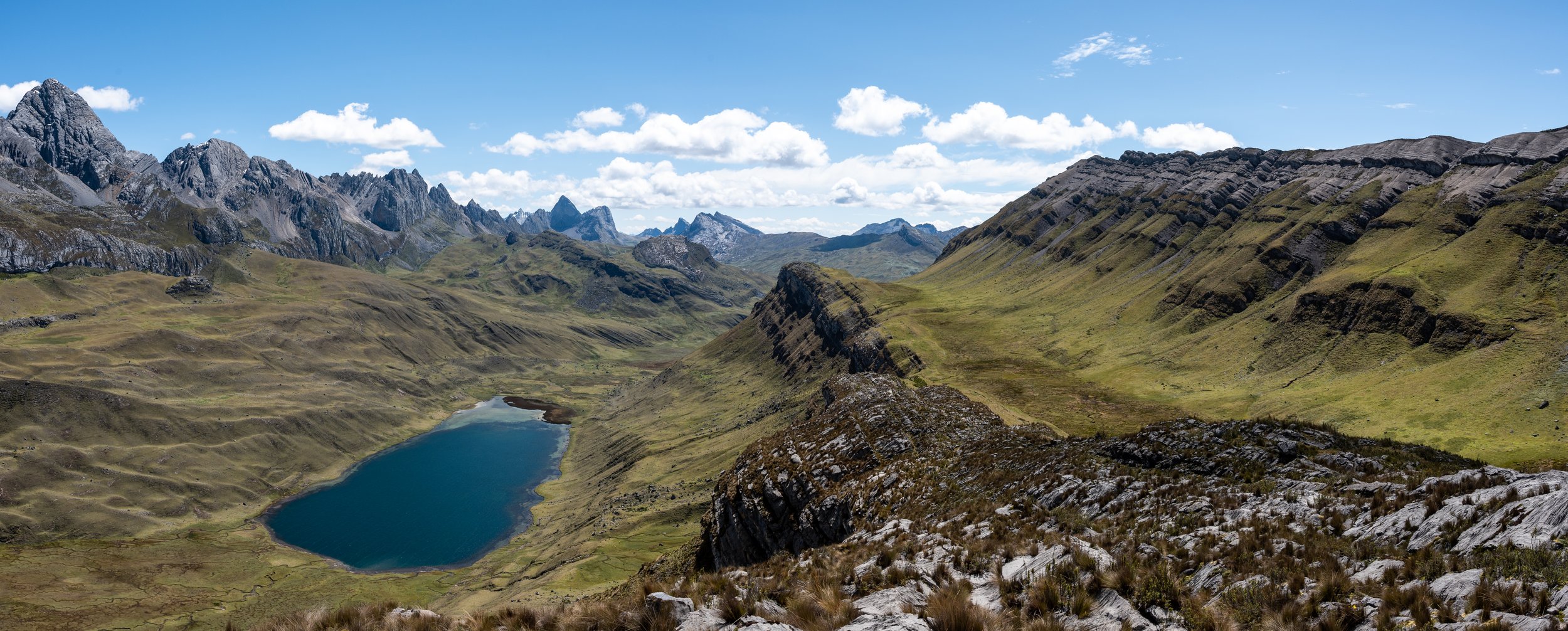
The views from Laguna Mitococha, our first campsite, were breathtaking, with surrounding valleys stretching out below. On the second day, we continued along the Alpine Circuit, crossing the small lake of Alcaycocha before joining the main trail. The Circuito Alpino, a higher-altitude route in the Huayhuash mountain range, offers closer proximity to the peaks, stunning vistas, and occasional glacier crossings, requiring equipment like crampons and an ice axe to navigate safely.

“Nowhere, perhaps, can be found collected together, in so small a space, productions so beautiful, and so remarkable regarding the geography of plants.” —Alexander Von Humboldt Páramo, as described above by one of the greatest naturalists, is a diverse ecosystem, endemic only to the northern Andes of South America and the southern part of Central America. It is perhaps the fastest evolving biodiversity hotspot on Earth, as species evolved within a diversified landscape of glacier-formed valleys, plains with lakes, and wet grasslands scattered with shrubland and forest patches.

Birdsview of oasis in the middle of volcanic sand. Around Volcan Descabezado Grande in Chile.

Snowy morning over the Río Turbio valley in Cerro Castillo National Park, Chile. The storm in the upper left corner of the image has passed, giving way to sunny days.

The clearest view of Torres de Avellano in Chilean Patagonia taken by a drone. We have already bushed-bashed through thick forest and got our feet soaked in high grass swamps. Most of the peaks were still in fog, covering them in mysteriousness.

Tongariro Volcanic complex on the way to see the sunrise at Ngauruhoe.
